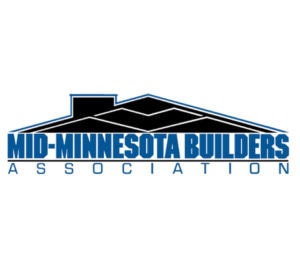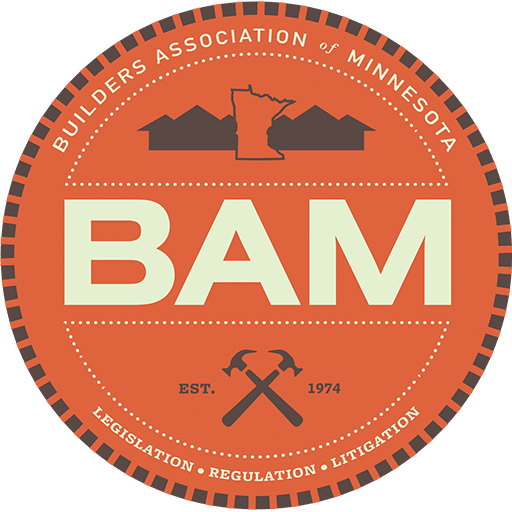
When we design and build custom homes for our clients, we very deliberately take the long view. We want to build generational homes that serve our clients’ families for decades. Because of that, one of the things we often try to account for, that people often overlook, is long-term accessibility.
People who have mobility challenges are already accustomed to these concerns. Even if everyone in the family can easily take the stairs, well, age comes for us all eventually, and as we age, we generally lose some mobility. At that point, the choice can come down to remodeling to adapt for more independent mobility or being forced to move. We keep that in mind during our Design/Build process, and we make choices that allow for adaptability, so clients don’t have to make that hard choice.
As the Baby Boom generation ages into their 70s and 80s, concerns about where they should live become more and more pressing. For a family in that position, a mother-in-law suite might be the perfect answer: it offers living together, but with separate spaces. The family can be as close-knit as it chooses to be any given day.
Bathroom design is obviously a critical factor here. According to the CDC, over 80 percent of bathroom-related injuries are caused by slips and falls, most often getting in and out of the tub or shower. (We should note here that this isn’t just a concern for older people; approximately 234,000 people aged 15 and older had to seek ER treatment for bathroom injuries in 2008.) Grab bars near the shower, bath, and toilet can help mitigate this type of accident. Another simple technique is to design for a zero-entry shower, which has no curb or other barrier to step over, and handheld shower heads that can be reached from a chair or stool. A standard bathroom vanity will obstruct a wheelchair-bound person from easily reaching the faucet, so a roll-under sink might be the way to go.
Doorways, halls, and entryways should also be designed to accommodate the width and turning radius of a wheelchair. Even the door type can matter: it’s easier to open and close a pocket door than have to work around the swing of a hinged door. Obviously some structural requirements mean a hinged door has to be used, but careful planning and design can help make that simple activity less of a hassle.
We often design homes so the master bedroom is on the main floor. Single-story living can ease the transition as people age, with sleeping quarters, kitchen, bathroom, and laundry all on one floor. Many of the homes we build have incredible views of lakes and forests; we take that into account even as we try to plan for how the home will evolve with the family.
Flooring comes into consideration as well. Hard surfaces are easier to walk or wheel across, and they are easier to keep clean. They also look terrific: a single, seamless wood floor across an entire floor of the home makes a warm, cohesive look. There’s an almost endless range of tile flooring that serves beautifully as well. That’s not to say carpet or rugs can’t be done, but as with all these selections, we think carefully about them.
Lighting is important, too. In general, everyone wants rooms to be well-lit—who has ever said “I liked that room. It was so dim!” But accessible lighting is more than just ceiling cans every three feet. We incorporate motion sensors, so the lights turn on when someone walks into the bathroom. That kind of sensor can turn on overhead lights, or even just toe-kick or floor lights that won’t jar a sleepy person awake but will also make sure they can see their way to the toilet and don’t have to go by feel.
All of this is only some of what can go into making a home accessible. Depending on needs, current or future, this can even include a track system in a bedroom ceiling that facilitates getting in and out of bed, or an elevator or chair lift to help someone go beyond single-floor living. Universal, accessible design and construction makes sure a home works for everyone regardless of age and ability, meeting people where they are right now, but also where they might be decades from now.



